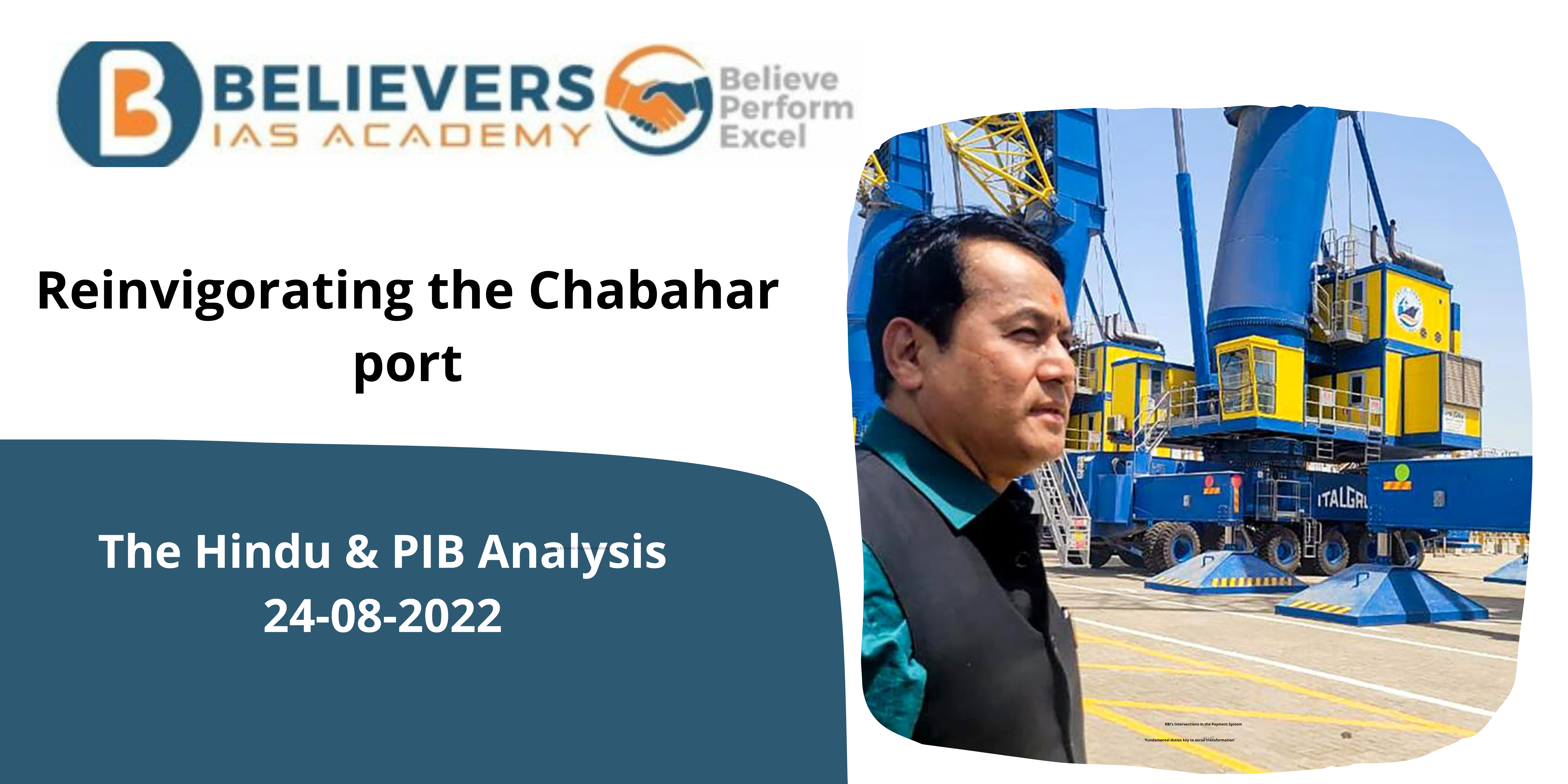Indian Navy unveils new epaulettes for admirals
Context:
The Indian Navy has unveiled a new design for admirals’ epaulettes. The design incorporates an octagon inspired by the naval ensign and pays homage to the rajmudra of Chhatrapati Shivaji, marking a departure from the previous British-inspired nomenclature.
Relevance:
GS-01 (Culture, History)
Key Highlights:
Epitome of Maritime Heritage:
- Symbolic Octagon: The new epaulettes feature an octagon, intricately derived from the naval ensign and reminiscent of Chhatrapati Shivaji’s rajmudra.
- Described as a “true reflection of our rich maritime heritage,” the design encapsulates the essence of India’s maritime legacy.
- Panch Pran Principles: The Navy affirms its commitment to the principles of “Panch Pran – Virasat Par Garv & Ghulami ki Mansikta se Mukti,” embodying a blend of heritage and a rejection of servitude.
- Through the revamped epaulettes, the Navy expresses a profound embrace of “Bharatiyata” (Indianness), aligning with the spirit of the nation.
Symbolism in Design Elements:
- Golden Navy Button: The epaulettes commence with the distinctive golden Navy button, symbolizing a commitment to excellence.
- Octagonal Core: The central octagon signifies a fusion of heritage and modernity, bridging the past and the present.
- Crossed Sword and Telescope: The inclusion of an Indian sword and a crossed telescope imparts a maritime touch, reflecting the Navy’s core essence.
- Rank Indicators: Stars incorporated into the design serve as indicators of ranks, providing a visual representation of hierarchy.
Shift in Nomenclature:
- Indianized Rank Names: The Navy announces its intention to rename ranks, shedding British nomenclature and adopting titles reflecting an authentic Indian connection.
- Cultural Transition: The move is a step towards a cultural transition, aligning rank nomenclature with indigenous traditions and historical resonance.
Life and Legacy of Chhatrapati Shivaji Maharaj
Birth and Early Life:
- Born on 19th February 1630 at Shivneri Fort, Maharashtra.
- Parents: Shahaji Bhonsle, a Maratha general, and Jijabai, a deeply religious influence.
Early Military Exploits:
- Exhibited military prowess by securing Torna Fort in 1645 and Kondana Fort from Adil Shah of Bijapur.
Key Battles:
- Battle of Pratapgad (1659): Fought against Adilshahi general Afzal Khan.
- Battle of Pavan Khind (1660): Led by Maratha Sardar Baji Prabhu Deshpande against Siddi Masud of Adilshahi.
- Sacking of Surat (1664): Confrontation with Mughal captain Inayat Khan.
- Battle of Sinhagad (1670): Notable conflict led by Tanaji Malusare against Udaybhan Rathod.
Conflicts with Mughals:
- Raided Mughal territory near Ahmednagar and Junnar in 1657.
- Defeated forces of Shaista Khan in Pune in 1659.
- Treaty of Purandar in 1665 marked a temporary truce.
Coronation and Titles:
- Crowned as the Maratha king on 6th June 1674 at Raigad.
- Assumed titles Chhatrapati, Shakakarta, Kshatriya Kulavantas, and Haindava Dharmodhhaarak.
Administrative Reforms:
- Established a central administration inspired by the Deccan style.
- Introduced the Ashtapradhan, a council of eight ministers.
- Revenue reforms included the replacement of the Jagirdari System with the Ryotwari System.
Military Prowess:
- Organized a disciplined army comprising infantry, cavalry, and navy.
- Introduced payment reforms, with ordinary soldiers receiving cash and chiefs through jagir grants.
Legacy and Growth of Maratha Kingdom:
- Expanded Maratha Kingdom into a dominant power in early 18th century India.
- Shivaji’s reign set the foundation for a robust and efficient administration in the Deccan.
Demise:
- Passed away on 3rd April 1680.
- Chhatrapati Shivaji Maharaj’s life and governance left an indelible mark on the history and growth of the Maratha Empire.
Source: The Hindu




